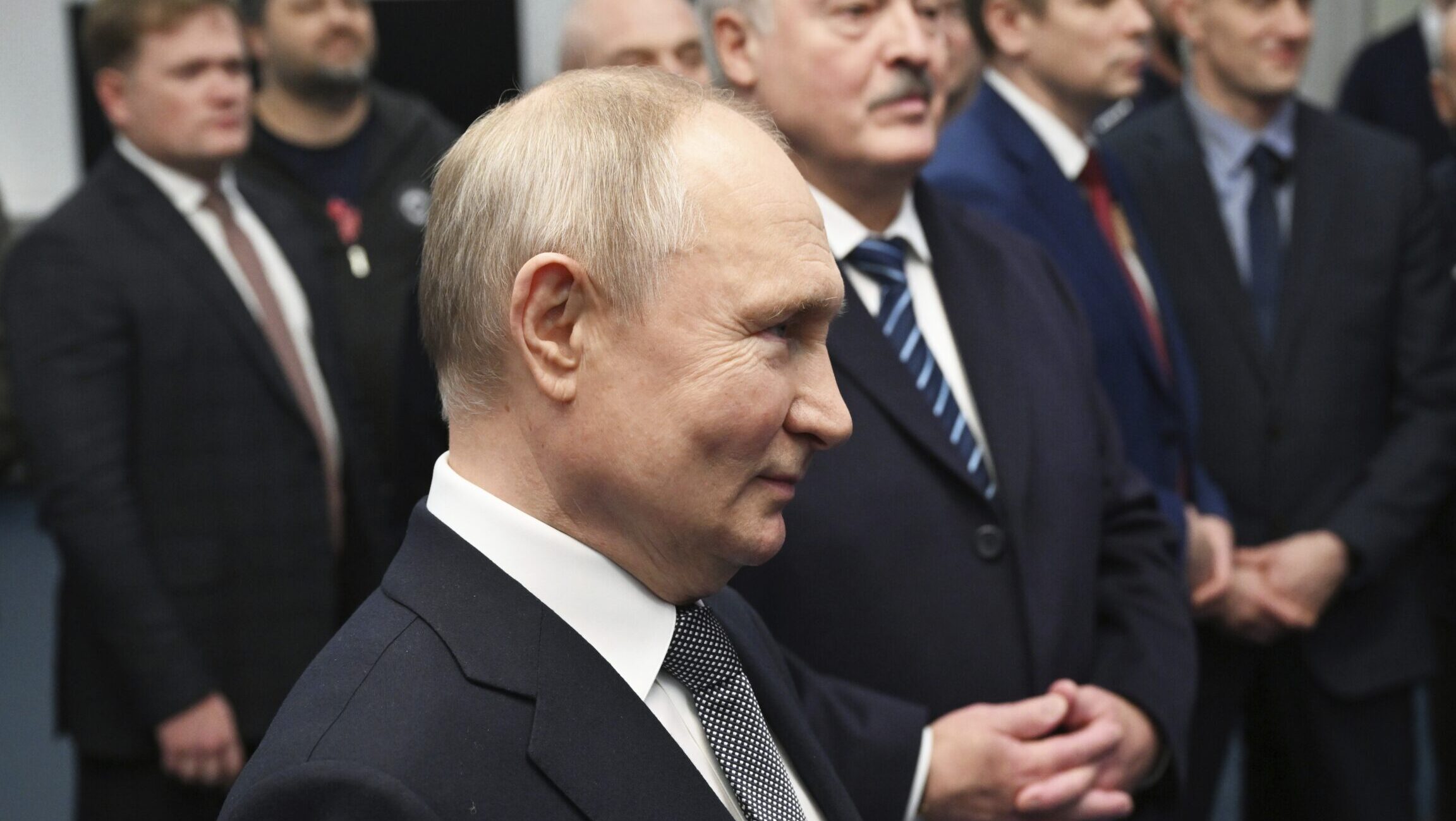Battle for control of Asia’s seas goes underwater
Jan 19, 2012, 11:49 AM
Associated Press
YOKOSUKA, Japan (AP) – It’s getting a bit more crowded under the sea in Asia, where Andrew Peterson commands one of the world’s mightiest weapons: a $2 billion nuclear submarine with unrivaled stealth and missiles that can devastate targets hundreds of miles (kilometers) away.
Super high-tech submarines like Cmdr. Peterson’s USS Oklahoma City have long been the envy of navies all over the globe _ and a key component of U.S. military strategy.
“We really have no peer,” Peterson told The Associated Press during a recent port call in Japan.
But America’s submarine dominance in the Pacific is facing its biggest challenge since the Cold War. Nearly every Asian country with a coastline is fortifying its submarine fleet amid territorial disputes stirred up by an increasingly assertive China and the promise of bountiful natural resources.
Submarines are difficult to find and hard to destroy. Even fairly crude submarine forces can attack surface ships or other targets with a great deal of stealth, making them perfect for countries with limited resources. The threat of such an attack is a powerful deterrent in Asia, where coastal defenses are vital.
“This is shaping up as an intense arms race,” said Lyle Goldstein, an associate professor at the China Maritime Studies Institute of the U.S. Naval War College. “This arms race is not simply China versus the rest _ though that explains much of it _ because there are other rivalries here as well.”
China is pouring money into enlarging and modernizing its fleet, and India is planning to get a nuclear-powered attack submarine _ the INS Chakra _ on a 10-year lease from Russia as early as this month.
Australia is debating its most-expensive defense project ever _ a submarine upgrade that could cost more than 36 billion dollars.
Japan is adding another eight to its 16-boat fleet. South Korea is selling them to Indonesia. Malaysia, Pakistan, the Philippines, Vietnam, Thailand, Singapore, Taiwan and even Bangladesh either now have or are planning to acquire subs.
North Korea, which has a large fleet of mini-subs, allegedly put them to deadly use in 2010 _ killing 46 South Korean sailors in the worst clash since their war ended in 1953.
The trend has a momentum of its own _ once one country gets submarines, its neighbors are under pressure to follow suit, lest they give up a strategic advantage. But the rush to build up submarine forces also underscores a growing awareness of the region’s potential riches.
Roughly half of the goods transported between continents by ship go through the South China Sea, accounting for $1.2 trillion in U.S. trade annually. The area has vast, largely untapped natural resources _ including oil reserves of seven billion barrels and an estimated 900 trillion cubic feet of natural gas.
“The geostrategic significance of the South China Sea is difficult to overstate,” said a report this month by the Center for a New American Security, a private think tank based in Washington DC. “To the extent that the world economy has a geographical center, it is in the South China Sea.”
With the decline of Russia, the U.S. remains the top nation with a significant capability to operate submarines in the open seas _ a crucial advantage if Washington wants to maintain its role in keeping key sea lanes and chokepoints like the Malacca Strait, which connects the Indian Ocean to the western Pacific, free for commercial trade.
The U.S. Navy’s blue water superiority is likely to continue for the foreseeable future. Peterson, the Oklahoma City skipper, said the Navy’s workhorse Los Angeles-class subs remain a cut above the rest. “The beauty is that they are still the state of the art.”
But, closer to shore, China is challenging the status quo.
“China has put a major emphasis on submarines, with the result that the PLA Navy submarine force is now, along with the Chinese missile forces, one of the sharpest arrows in China’s quiver of military capabilities,” Goldstein said.
China now has more than 60 subs in its navy, including nine that are nuclear-powered, according to the Pentagon’s annual overview last year.
Its mainstay boats are diesel-powered Song-class vessels, but it also is developing more advanced nuclear-powered attack and ballistic submarines, including the Jin class that would carry missiles with a range of 4,600 miles (7,400 kilometers). Nuclear-powered subs can operate longer submerged than their diesel counterparts.
China has a long way to go to match the U.S. Navy _ the advanced Jin subs, for example, would have to be well into the Japan Sea for the continental United States to be within their range _ and Goldstein said that Beijing’s threat has been overblown.
To keep its edge, however, the United States now has more submarines in the Pacific than in the Atlantic. With the military missions in Iraq and Afghanistan wrapping up, the Obama administration has also announced a “pivot to the Pacific” strategy that will likely further boost U.S. naval resources in the region.
Even so, China is just one player in an increasingly complicated game.
“Everybody’s buying subs, but not for the same reasons,” said Owen Cote, associate director of MIT’s Security Studies Program.
The Pacific is dotted by scores of disputed islands, and who controls what part of the seas is a potentially explosive question. Japan has rival claims with China, South Korea and Russia. A half dozen countries claim rights to the remote Spratly Islands.
“Vietnam and the other states abutting the South China Sea want to have the option to contest a Chinese decision to resolve the various boundary issues that divide them by force,” Cote said. “The Chinese have an interest in using submarines in preventing U.S. surface ships from intervening on behalf of one of these neighbors in such a conflict.”
As regional navies get stronger, so does the potential for armed clashes.
“It poses the prospect of changing the balance of power across the Asia-Pacific _ in fact it already has,” said Hugh White, Australian National University’s professor of strategic and defense studies. “This is a very maritime part of the world. Anyone with a submarine has a clear capability of disrupting commercial shipping.”
White said the development of submarine forces by multiple Asian nations is already inhibiting the ability of China and the United States to project their naval power, and posing new issues for smaller navies caught in the middle.
“There are questions about whether the U.S. will continue to assume its security role,” he said. “This is a big debate in Australia right now. Do we aim to be able to act independently of the U.S.? To what extent do we want to be able to operate against a major player like China, or more locally against Indonesia?”
(Copyright 2012 The Associated Press. All rights reserved. This material may not be published, broadcast, rewritten or redistributed.)









